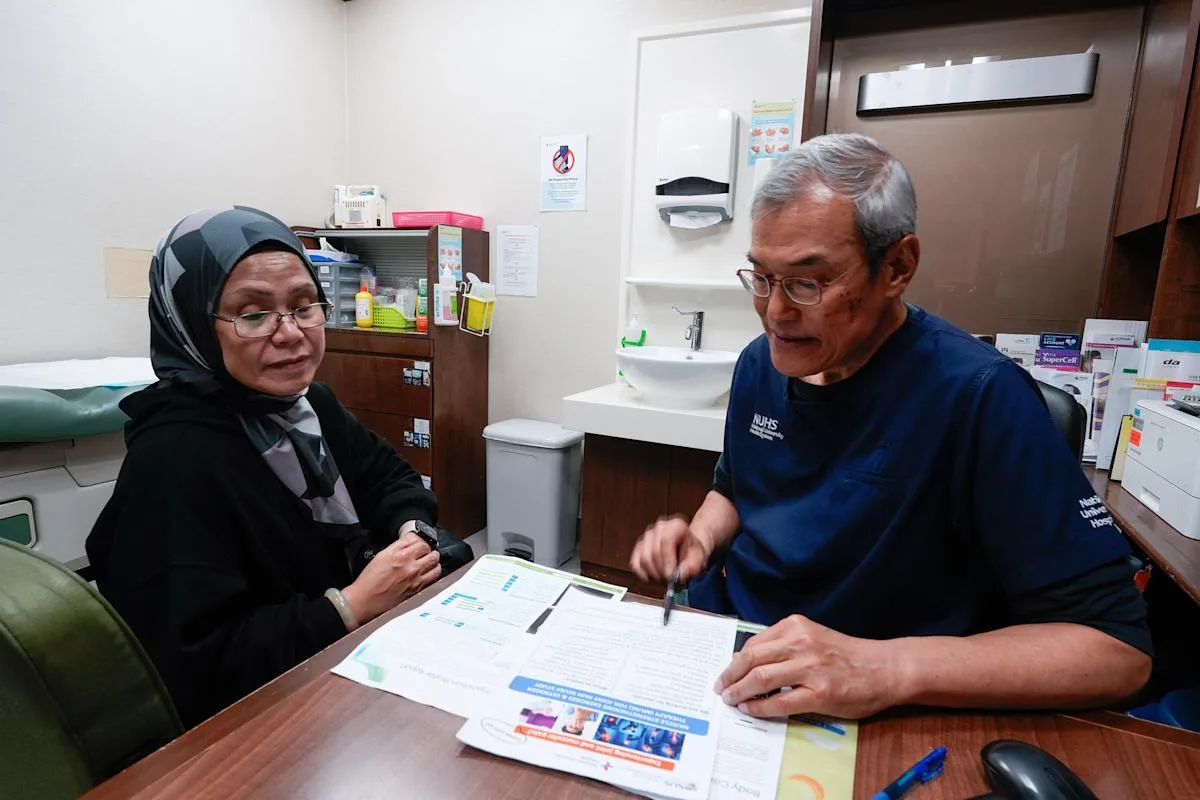Predicting Muscle Loss and Mobility Issues with a Simple Blood Test
Imagine knowing years in advance if you’re likely to experience muscle weakness and slower walking speed as you age. Scientists have discovered that a straightforward blood test might hold the key to predicting these age-related issues in women.
The Promise of Early Prediction
This innovative approach focuses on identifying biomarkers in the blood that are linked to muscle health and mobility. By analyzing these indicators, healthcare professionals could potentially intervene early with targeted strategies to help women maintain their strength and agility throughout their lives.
How the Blood Test Works
The blood test analyzes specific proteins and other substances in the blood that are associated with muscle mass and function. Researchers have found that certain patterns in these biomarkers can indicate a higher risk of muscle decline and reduced walking speed later in life.
Potential Benefits of Early Detection
- Personalized Interventions: Early detection allows for tailored exercise programs and nutritional guidance to preserve muscle strength.
- Improved Quality of Life: Maintaining muscle mass and mobility contributes to a more active and independent lifestyle.
- Reduced Risk of Falls: Stronger muscles and better balance can significantly lower the risk of falls, a major concern for older adults.
Taking Proactive Steps
While this blood test is a promising tool, there are several steps you can take now to support your muscle health:
- Regular Exercise: Incorporate strength training exercises to build and maintain muscle mass.
- Balanced Diet: Ensure you’re getting enough protein and essential nutrients to support muscle function.
- Stay Active: Engage in activities that promote movement and balance, such as walking, yoga, or tai chi.
Final Overview
This simple blood test offers a glimpse into the future of personalized healthcare. By identifying women at risk of muscle loss and mobility issues, healthcare providers can help them take proactive steps to maintain their strength, independence, and overall quality of life.



+ There are no comments
Add yours